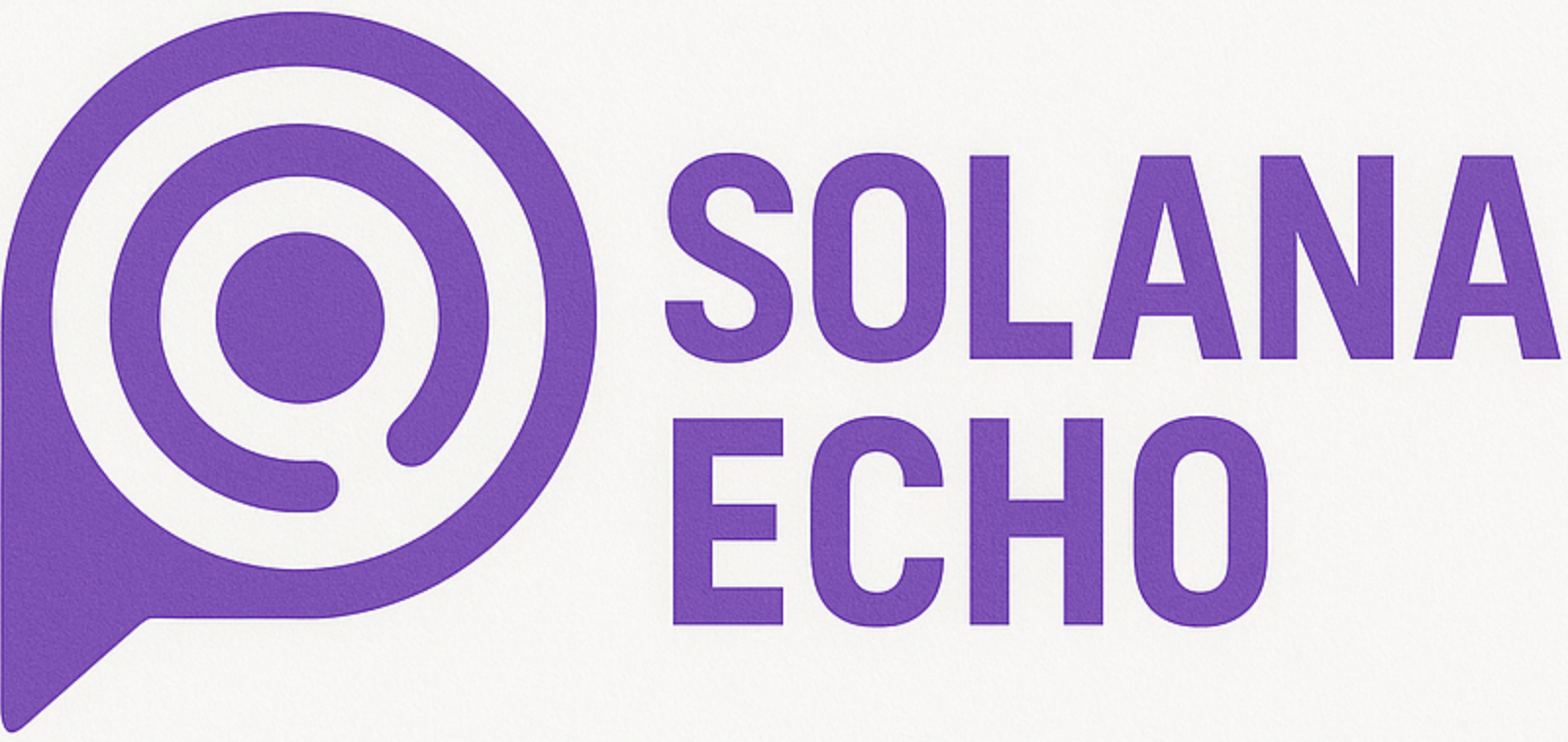Solana’s DePIN ecosystem is buzzing with activity right now, and honestly, it feels like we’re witnessing the next massive leap for Web3 infrastructure. If you’ve been keeping an eye on Solana, you’ll know it’s not just about fast transactions and memecoins anymore. The real magic is happening in decentralized physical infrastructure networks (DePIN), where blockchain meets the real world in ways that are actually useful, not just speculative.

Let’s set the stage with some market facts: as of today, Binance-Peg SOL (SOL) is trading at $143. 99, up $1. 64 in the past 24 hours. But price action is just the tip of the iceberg, the real story is how Solana DePIN protocols are reshaping what’s possible for decentralized infrastructure.
Why DePIN on Solana? The Secret Sauce Revealed
The Solana developer community has always been known for pushing boundaries, but DePIN takes things to another level. Think about it: traditional infrastructure like wireless networks, mapping fleets, or GPU farms are usually controlled by a handful of massive corporations. With DePIN on Solana, these resources become open networks anyone can join or contribute to, and get rewarded for their participation.
What makes this possible? It’s all about throughput and cost. Solana’s architecture can handle up to 65, 000 transactions per second with fees so low they’re practically invisible. This isn’t just marketing fluff, it means projects can run millions of micro-rewards or data validation checks without breaking a sweat (or blowing through their treasury).
The Heavy Hitters: Top Projects Powering Decentralized Physical Infrastructure on Solana
Top Solana DePIN Projects Powering Web3 Infrastructure
-
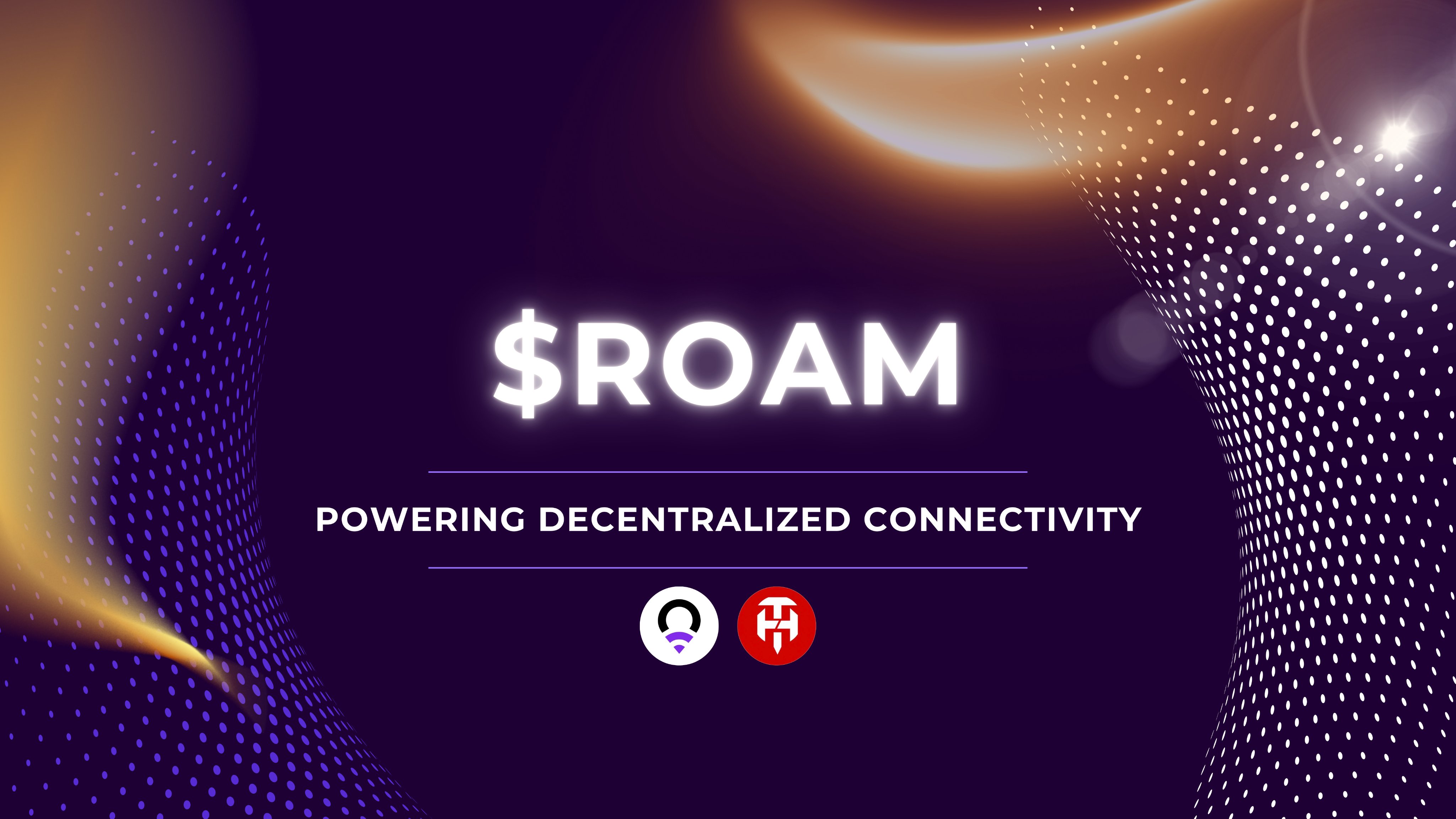
Roam: Dubbed the “Web3 Starlink,” Roam is a decentralized wireless network on Solana providing global WiFi and eSIM connectivity, with over 2.3 million users and 2 million nodes across 190+ countries.
-
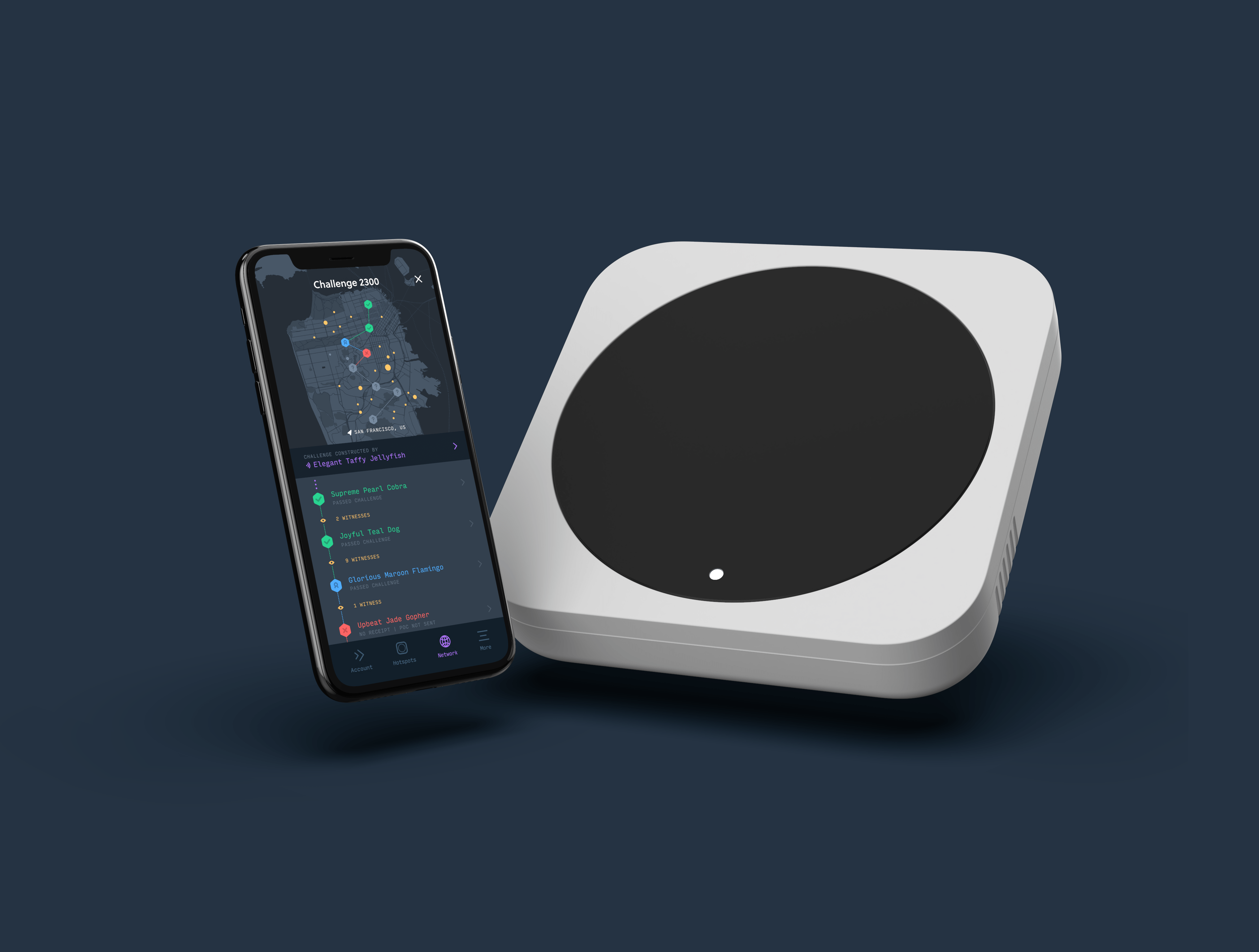
Helium: After migrating to Solana, Helium now delivers decentralized wireless for IoT and 5G, rewarding users for deploying and maintaining hotspots worldwide.
-
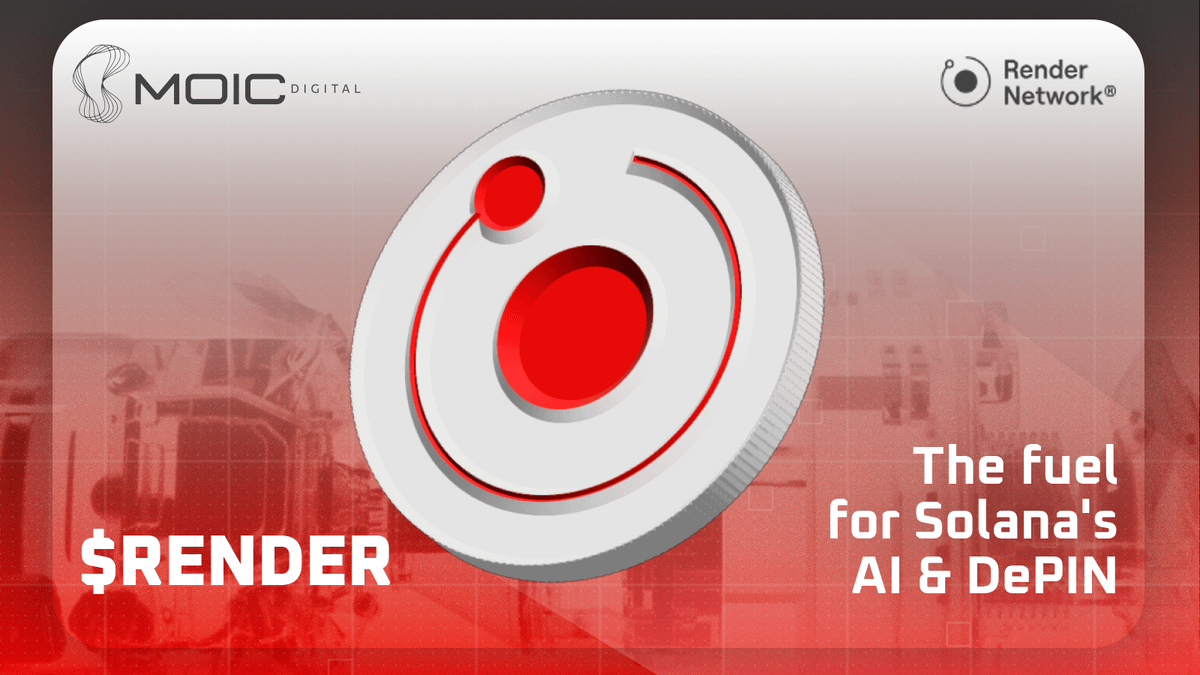
Render Network: Render is the first decentralized GPU rendering platform, letting artists tap into global GPU power on Solana for real-time streaming and dynamic NFTs.
-

Teleport: Teleport is an open-source, decentralized ride-sharing platform on Solana, giving drivers and riders fairer rewards by cutting out traditional intermediaries.
-
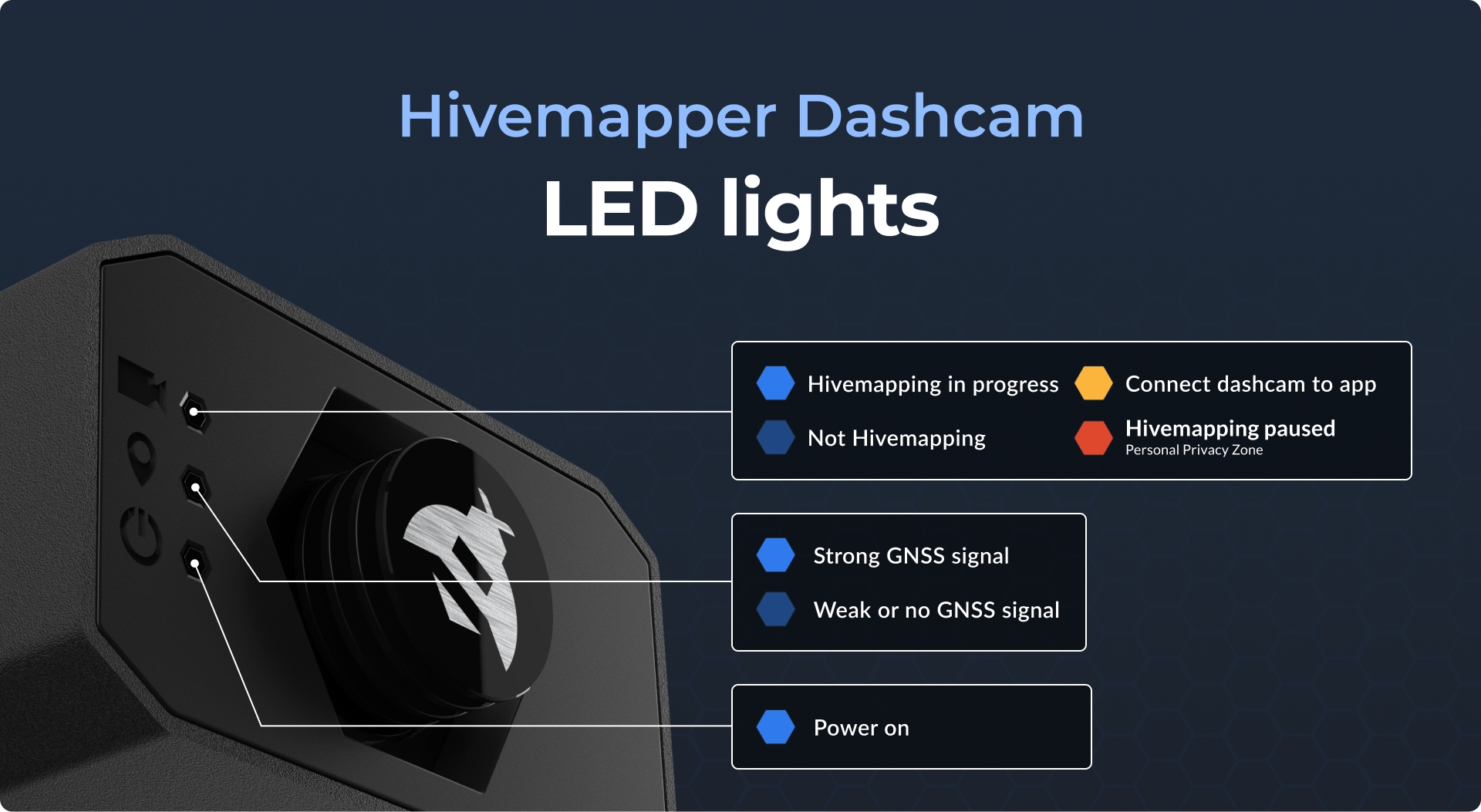
Hivemapper: Hivemapper turns everyday drivers into mapmakers, rewarding them with HONEY tokens for collecting street-level imagery and building decentralized digital maps on Solana.
Here’s where things get spicy. The current wave of innovation is led by a handful of standout projects:
- Roam: Often called the “Web3 version of Starlink, ” Roam has over 2 million WiFi nodes in 190 and countries as of March 2025. Users earn $ROAM tokens by sharing WiFi access or validating network traffic.
- Helium: After its bold migration from its own blockchain to Solana in April 2023 (source), Helium supercharged its IoT and 5G wireless coverage. Hotspot operators are now rewarded faster and at scale thanks to Solana’s speed.
- Render Network: Artists tap into a global pool of GPU power for rendering digital art or metaverse assets. Since moving to Solana (source), Render unlocked real-time streaming and dynamic NFT features that were impossible before.
- Teleport: This open-source ride-sharing protocol cuts out traditional middlemen entirely. Drivers and riders interact directly using smart contracts powered by the TRIP protocol, meaning more earnings for drivers and lower fares for riders.
- Hivemapper: Forget Google Street View vans! Everyday drivers capture street-level imagery with dashcams and earn HONEY tokens as they help build a decentralized global map (source).
Pushing Past Centralization: Real Revenue and Real Adoption in 2025
If you’re wondering whether this stuff actually works outside crypto Twitter hype, here’s your answer: In April 2025 alone, Solana-based DePIN projects posted $458, 000 in monthly revenue, up a whopping 33% month-on-month (source). That’s not vaporware; that’s real value being created (and distributed) across thousands of contributors worldwide.
The total market cap for DePIN projects on Solana hit $3. 24 billion as of June 2025, outpacing every other blockchain platform by a wide margin (source). It feels like we’re finally seeing Web3 break free from pure speculation into something that touches everyday life, connectivity, transportation, computing power… all decentralized.
What’s wild is the sheer diversity of what’s being built. We’re not just talking about DeFi or NFT projects anymore. Solana’s DePIN protocols are quietly plugging blockchain into real-world infrastructure, and the pace is only accelerating. It’s no wonder the Solana developer community is buzzing with excitement (and probably a little sleep deprivation).
How Solana DePIN Protocols Are Changing the Game for Everyone
Let’s get specific. Roam is already connecting millions to global WiFi and eSIM access, making travel and remote work smoother for digital nomads everywhere. Helium, post-migration, has become the backbone for decentralized IoT and even 5G rollouts in some cities, no telecom monopoly required (source). Render Network is empowering indie creators to render high-end graphics without mortgaging their future on expensive hardware. And Hivemapper? It’s literally letting anyone with a dashcam help map the world (and get paid for it), while Teleport is taking aim at Uber by giving more power (and crypto) to drivers.
This isn’t just pie-in-the-sky stuff; we’re seeing real adoption curves and actual utility, not just promises on a whitepaper. The beauty of decentralized physical infrastructure on Solana is that it rewards everyday users, not just early investors or whales, with tangible benefits like cheaper rides, passive income from WiFi sharing, or even tokens for mapping your daily commute.
The best part? Every new node added strengthens the network for everyone else, true network effects in action.
Everyday Ways to Earn with Solana DePIN
-
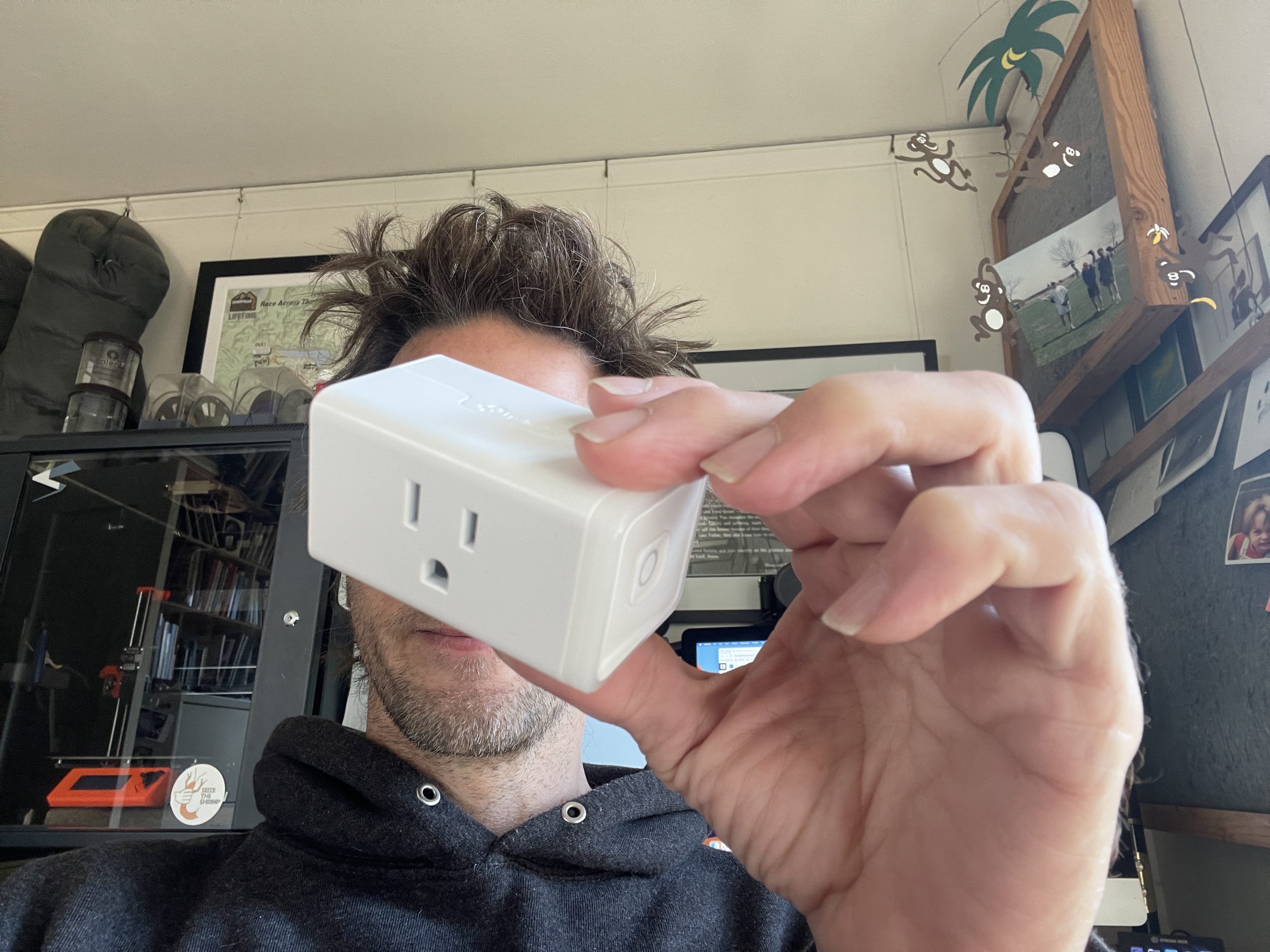
Run a Helium HotspotSet up a Helium hotspot at home to power decentralized wireless networks for IoT and 5G. Earn HNT tokens by providing coverage and validating network activity—no technical expertise required!
-
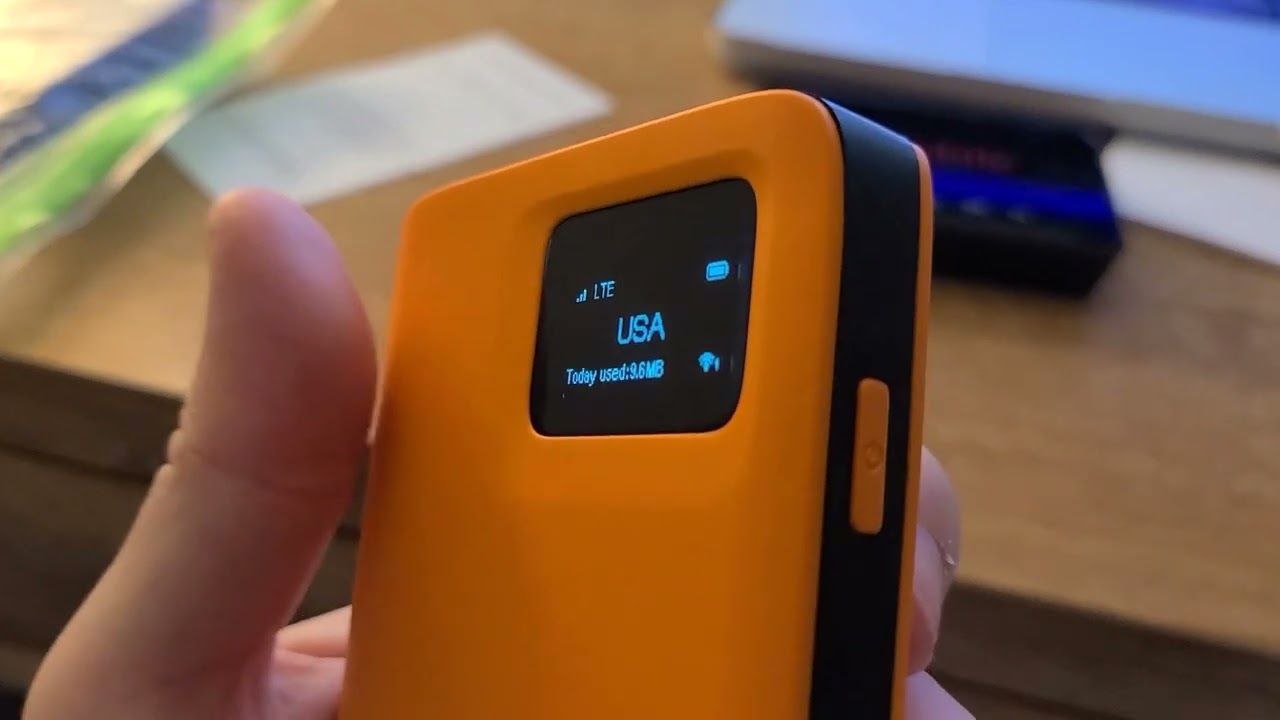
Share Your WiFi with RoamTurn your spare internet bandwidth into rewards by sharing WiFi using Roam. With over 2.3 million users worldwide, you can earn $ROAM tokens while helping build a global, community-powered wireless network.
-
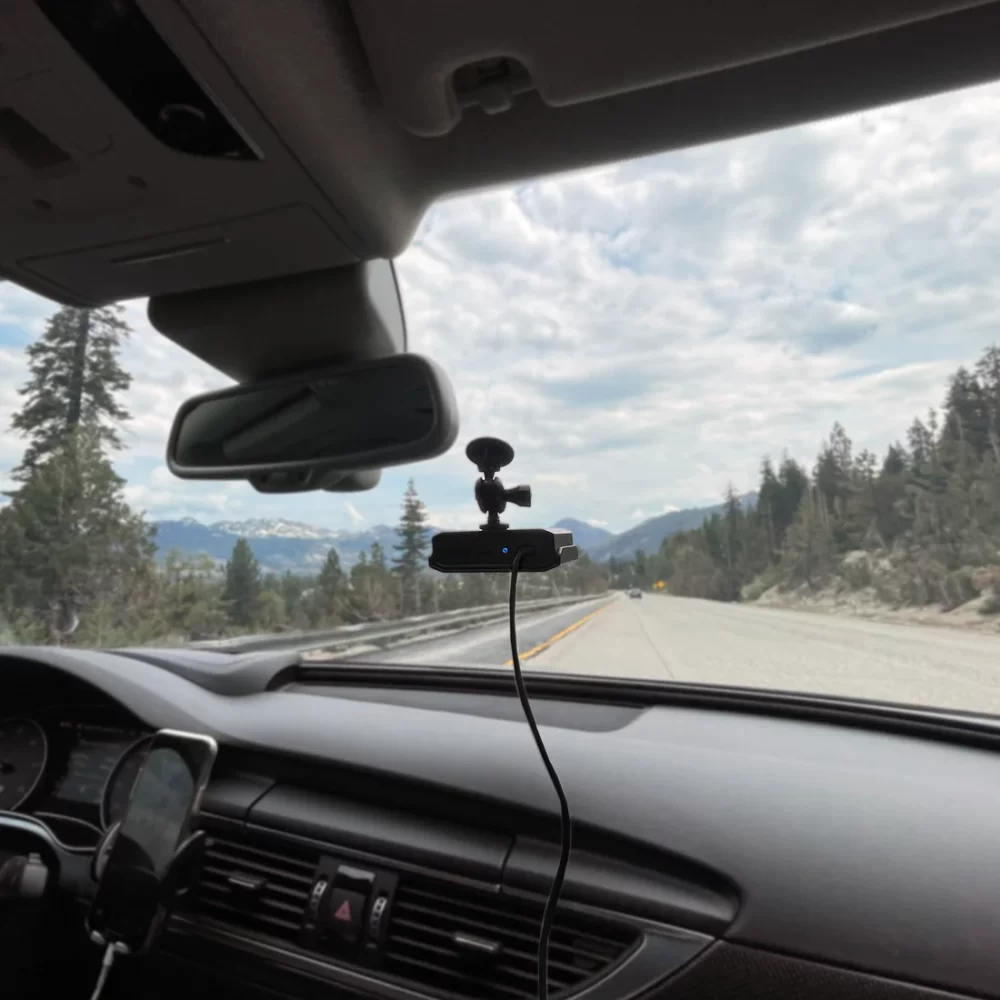
Contribute Dashcam Footage to HivemapperDrive with a Hivemapper dashcam and capture street-level imagery. Earn HONEY tokens as you map your city, helping create up-to-date, decentralized maps for everyone.
-
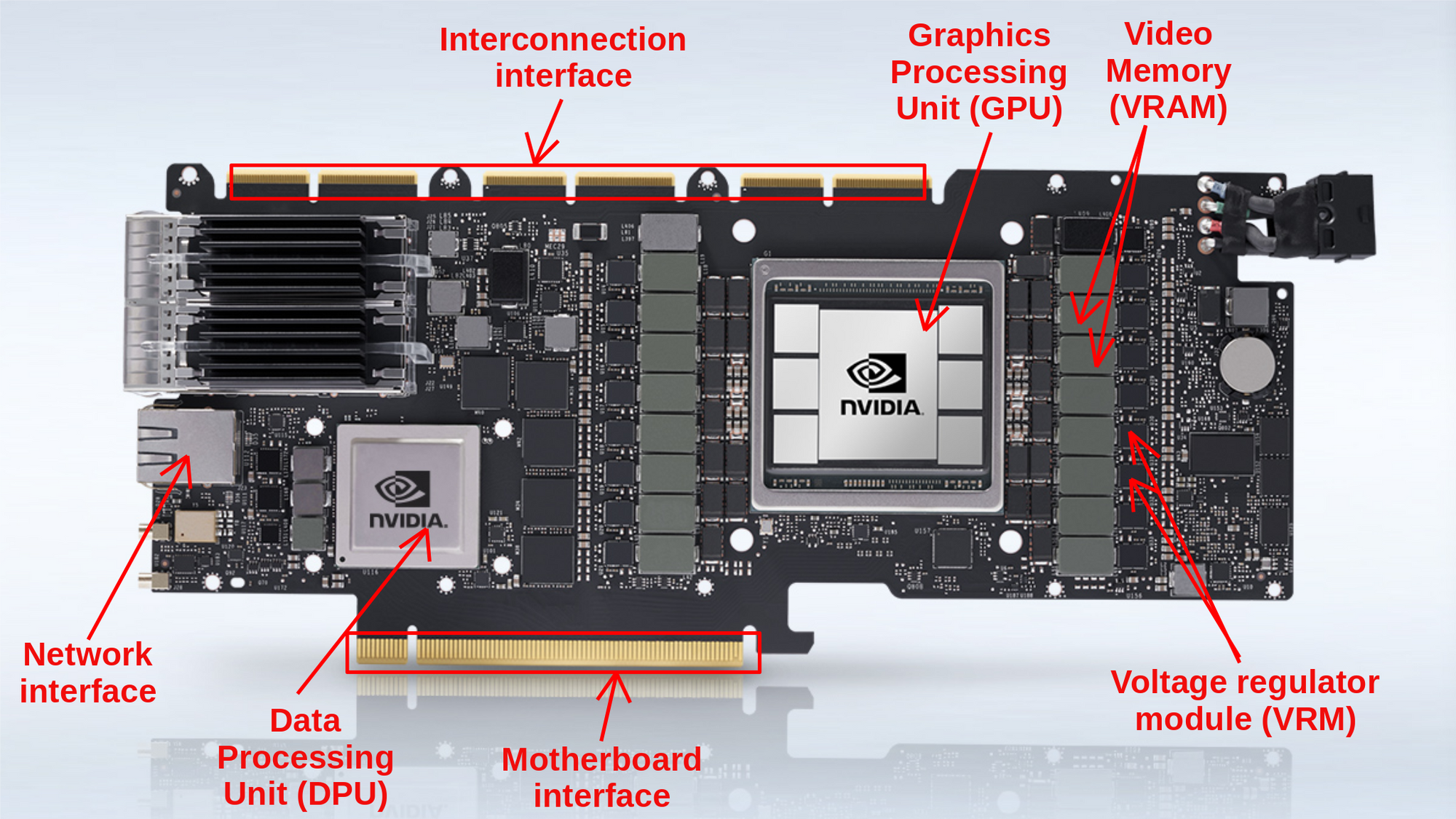
Offer GPU Power to Render NetworkPut your idle GPU to work by joining Render Network. Artists and creators rent your computing power for rendering tasks, and you earn RNDR tokens—all powered by Solana’s speedy blockchain.
-

Drive or Ride with TeleportJoin Teleport’s decentralized ride-sharing platform as a driver or rider. Drivers earn more, riders pay less, and everyone benefits from real-time rewards with no middlemen.
2025 Trends: What Comes Next For Solana Infrastructure?
If current trends hold, we’re going to see an explosion in both enterprise partnerships and grassroots deployments. The Solana DePIN ecosystem is already attracting not just crypto-native builders but also traditional companies looking for scalable solutions outside Big Tech silos.
The migration of Helium was a game-changer because it opened up open-source tools and composability for other teams, expect more cross-collaboration between projects as new protocols emerge (think decentralized energy grids or edge computing). With Solana’s throughput and fee structure still unmatched among major chains, there’s room for thousands more microtransactions powering everything from urban mobility to AI training data sets.
The Bottom Line: Why You Should Be Watching This Space
I’ll be blunt: If you care about where Web3 is headed, or if you’re just tired of centralized giants squeezing every penny out of your connectivity or data, you need to keep an eye on decentralized physical infrastructure on Solana. The numbers don’t lie: with SOL at $143. 99 today, record-breaking monthly revenues ($458, 000 in April), and a market cap that leaves other blockchains in the dust (source), this sector isn’t cooling off anytime soon.
If you want to dive deeper or start earning with these protocols yourself, check out each project’s docs, and maybe join one of their Discords. The next wave of Web3 infrastructure isn’t coming; it’s already here, powered by everyday people like you and me.
